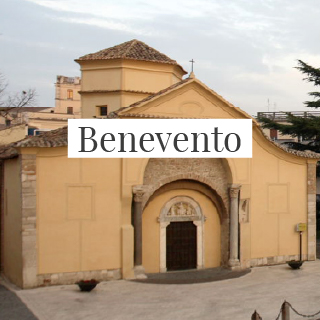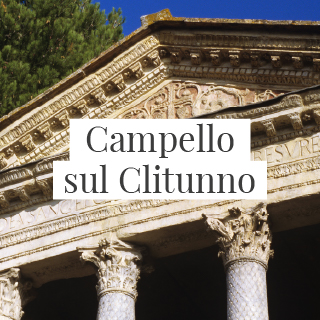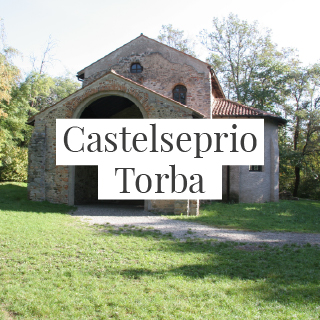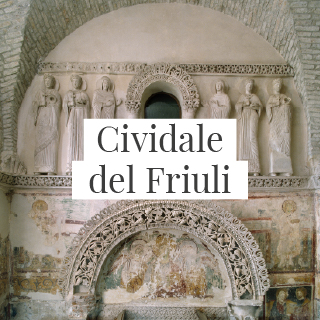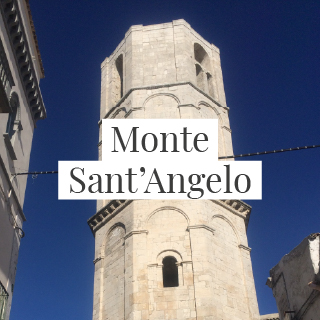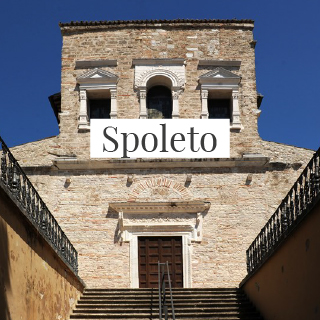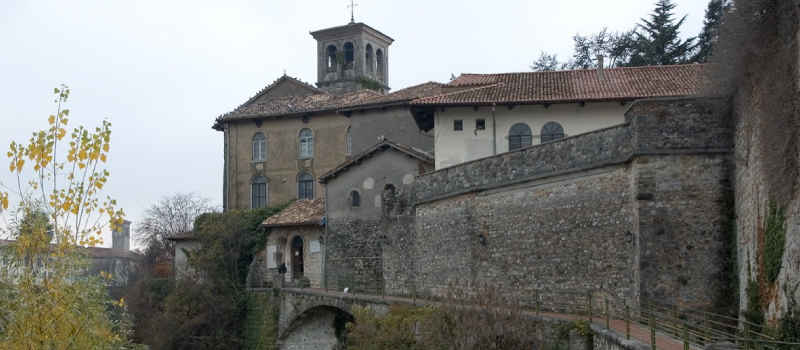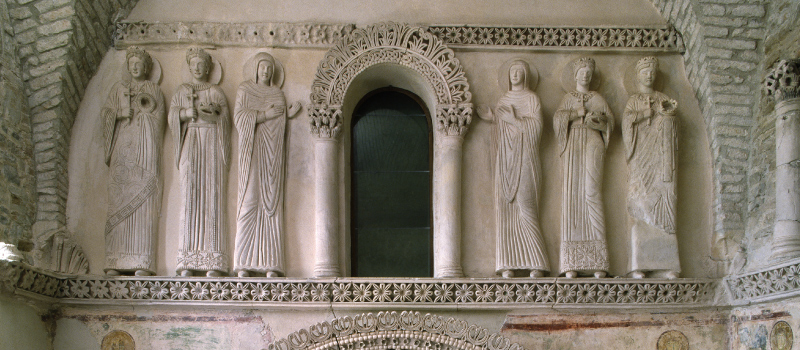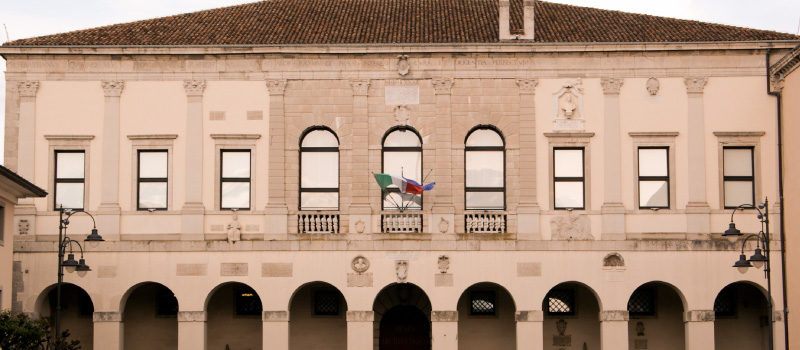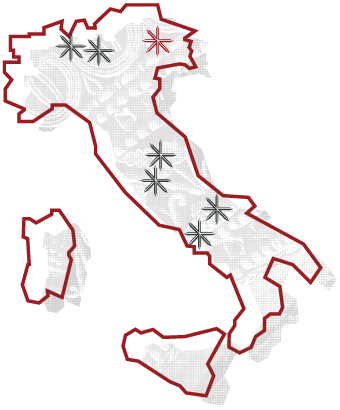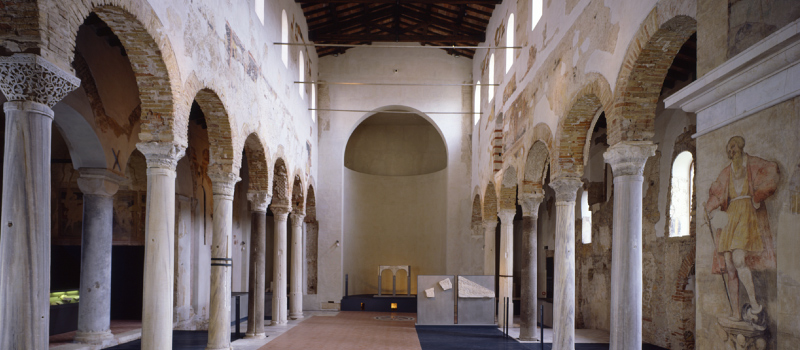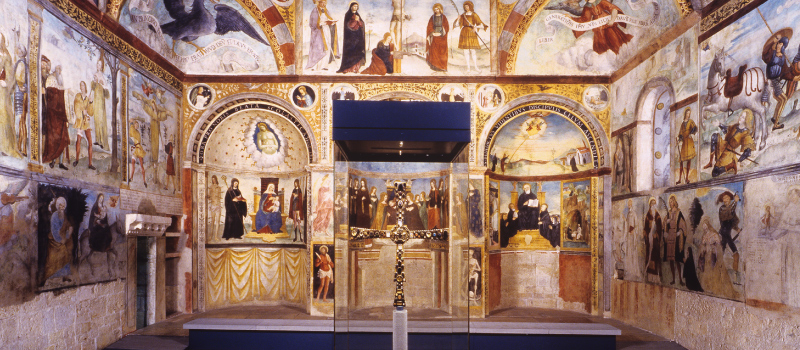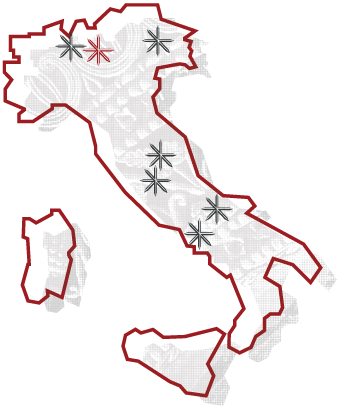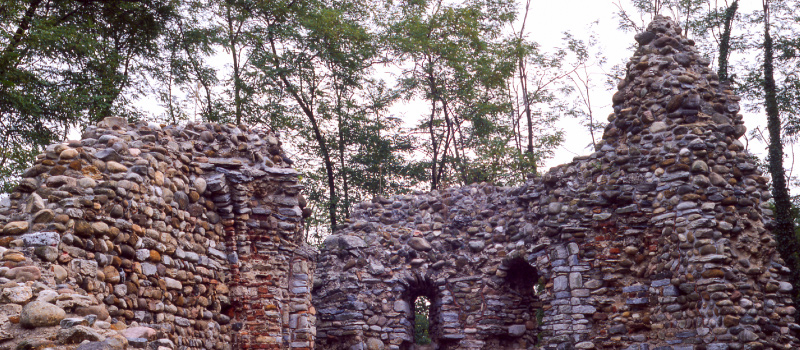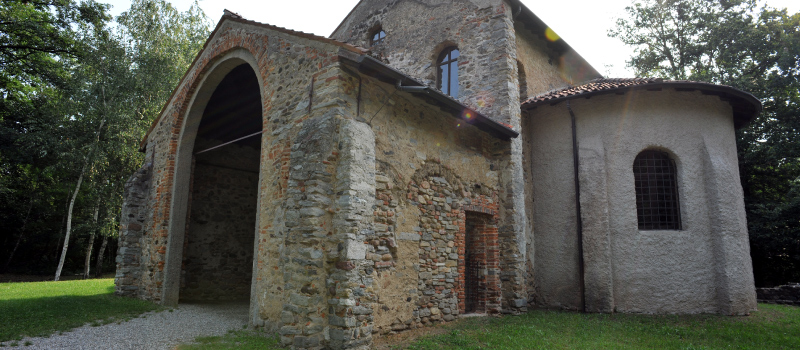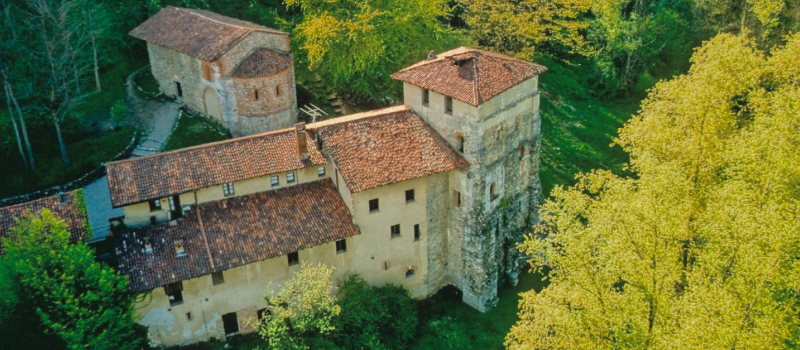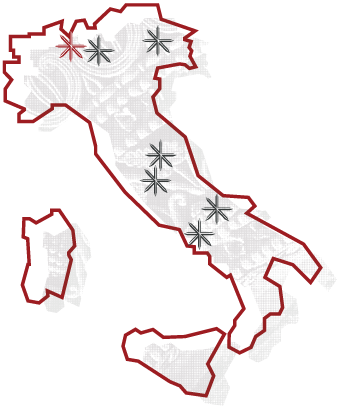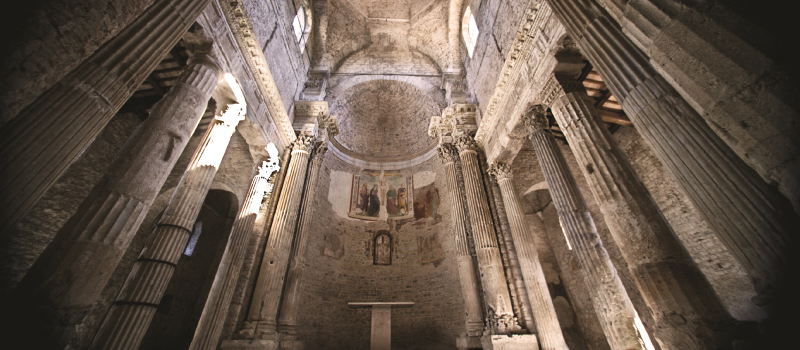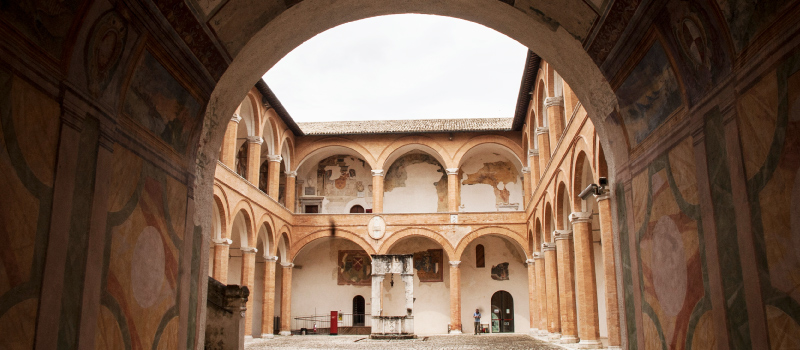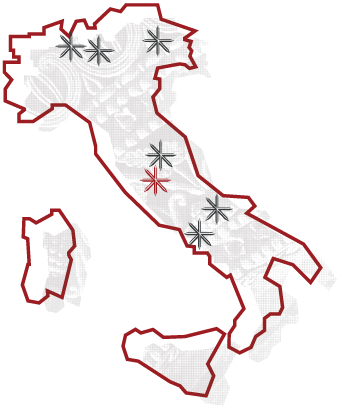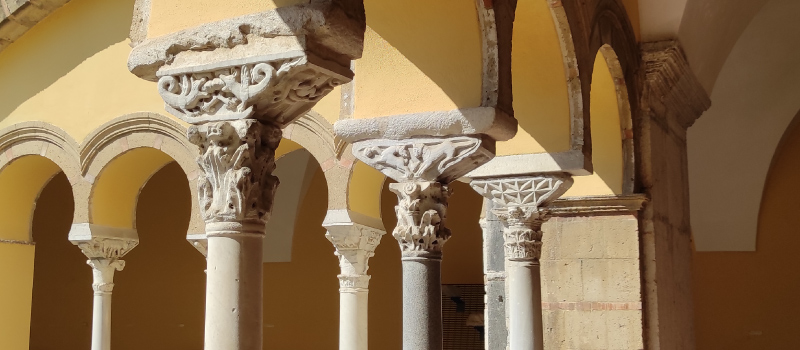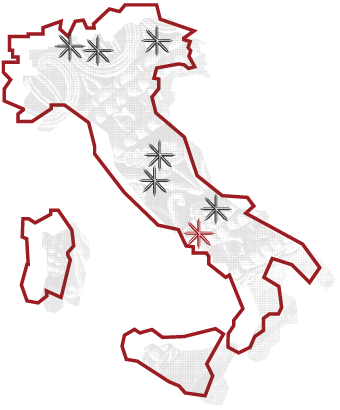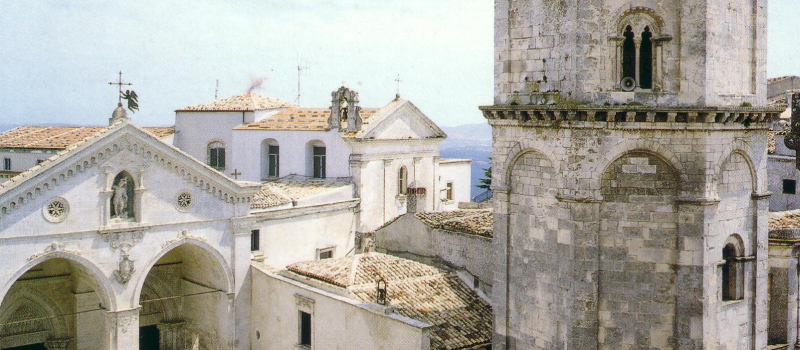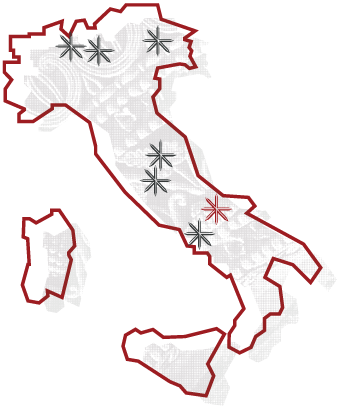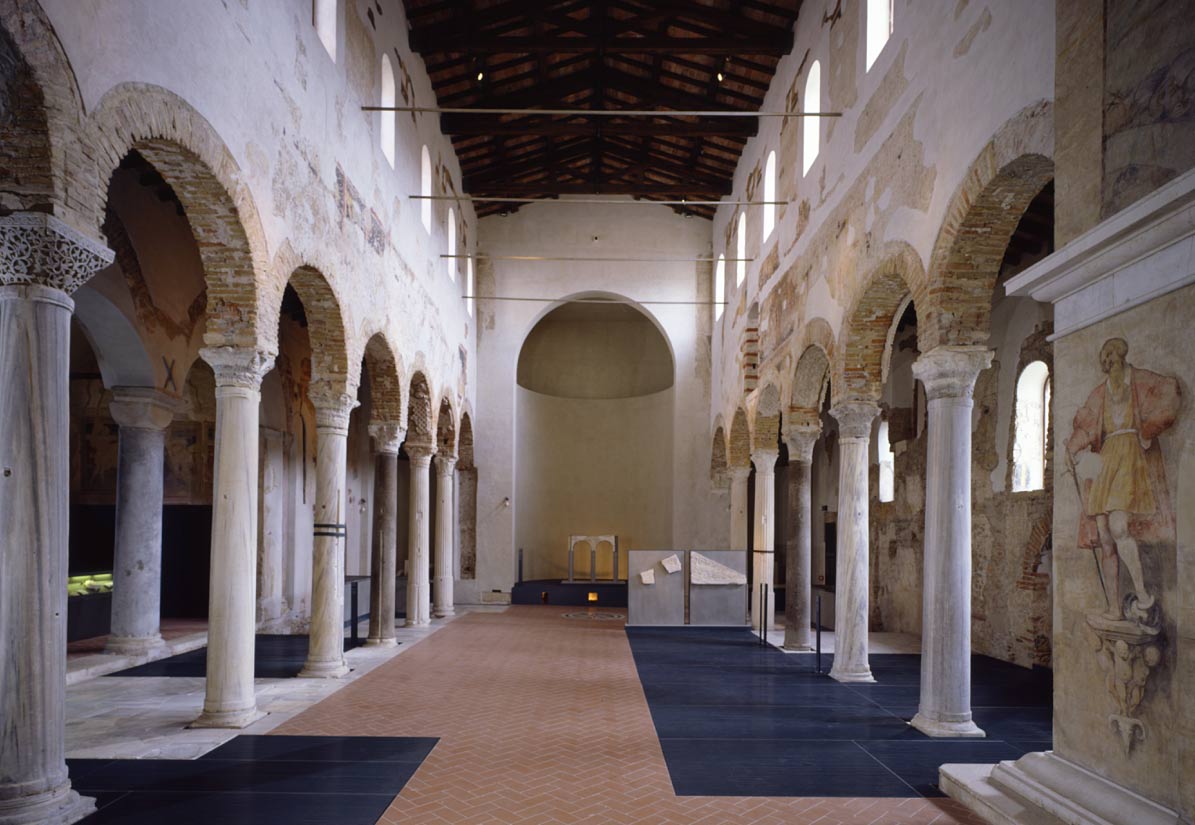Church of San Salvatore
An example of Early Medieval religious architecture
The San Salvatore – Santa Giulia complex, which now houses the city museum, is a remarkable architectural palimpsest incorporates the nuns’ monastery built by the Duke of Brescia Desiderius in 753, before he became king.
The church of San Salvatore is one of the most important examples of Early Medieval religious architecture; the building stands at the heart of the Santa Giulia monumental complex.
The earliest Lombard place of worship, dating to the second half of the 7th century AD, has been identified in an area previously occupied by Roman period town houses. This church had a T -shaped plan, with a transept with three apses, and remained in use until the mid-8th century AD, when a larger church was built by Desiderius, with three a nave and side aisles divided by colonnades.
The Architecture
The church was entirely decorated with interrelated stuccoes and frescoes, which with the reused Roman marbles and stones worked by the Lombard builders created a harmonious overall effect. Together with those of the Lombard ‘Temple’ in Cividale, the abundant Early Medieval decorations are among those best preserved.
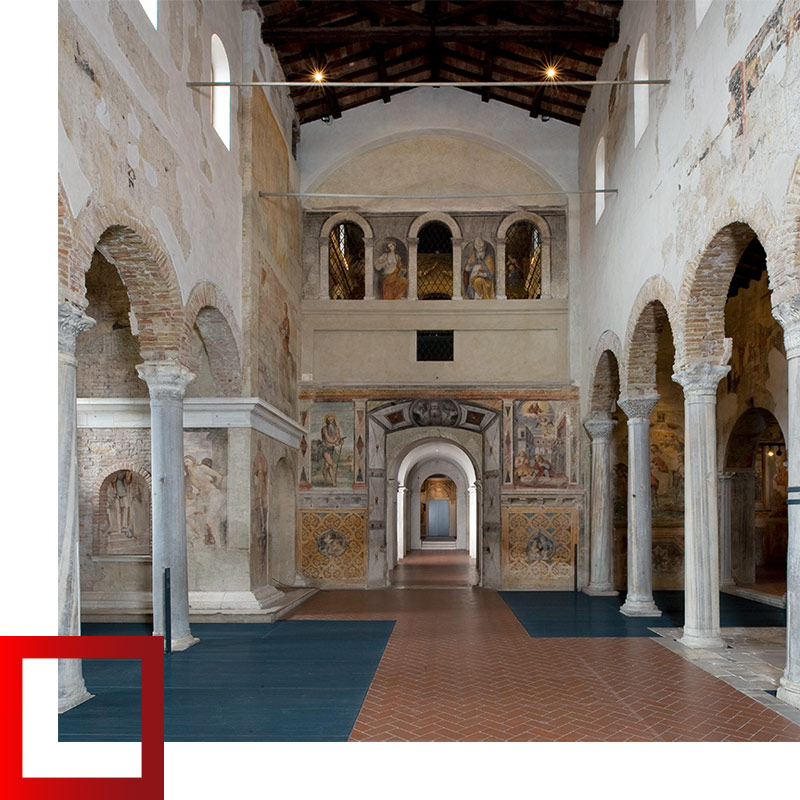
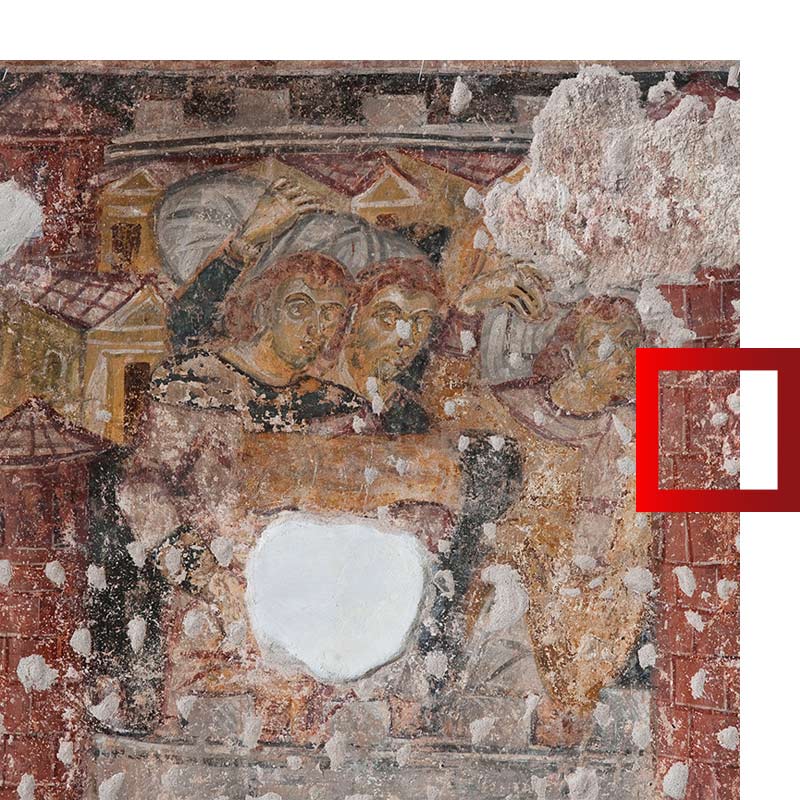
Frescoes
On the walls of the nave there were three bands of painted representations above the arches.
The uppermost panels depict episodes from the life of Christ from infancy to the Resurrection, while the lower register panels portray events regarding the holy Christian martyrs Julia, Pistis, Elpis and Agape, whose relics were kept in the crypt of the church.
Of the inscriptions at the base of the depictions on the south wall of the nave (of which some fragments survive), the words “Regnantem Desiderium” can be read – and constitute further evidence of the church’s construction date, while other letters are difficult to interpret.
Worked stone
In particular, in the north colonnade there are two ‘basket’ capitals of Byzantine origin, perhaps obtained from the city of Ravenna following its conquest by the Lombards.
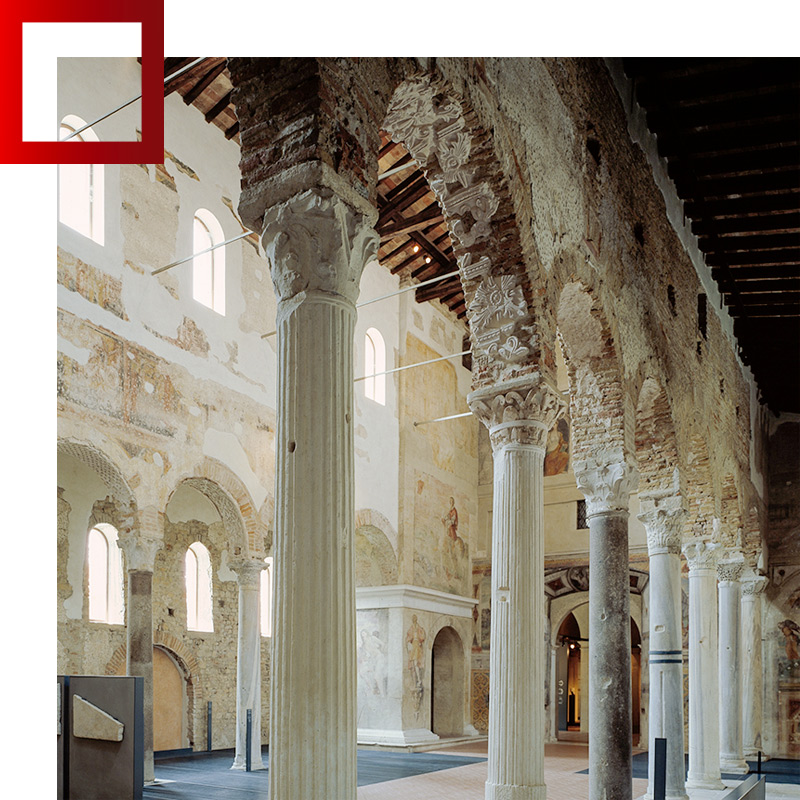
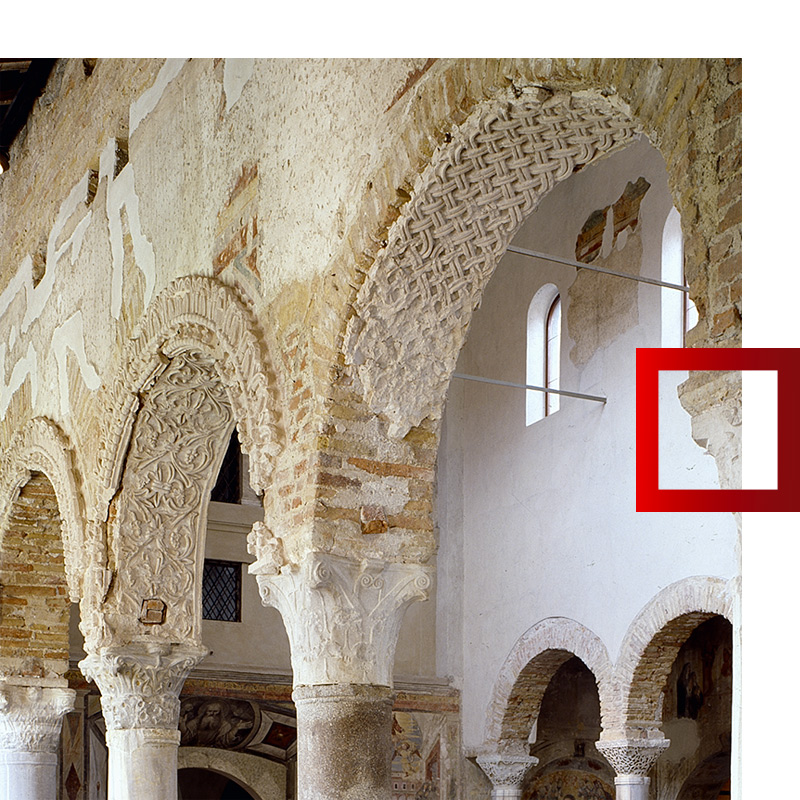
Stuccoes
The church was ornamented with terracotta cornices, corbels and decorations, an isolated example in the artistic production of the time. In general, the decoration was clearly influenced by Middle Eastern art, in part due to the arrival of workers who migrated after the fall of the Umayyad empire.
Tomb of Queen Ansa
The presence on it until the 17th century of the inscription “Ansa regina, regis Desiderii uxor”, its significant position, and the tradition of offering focaccia and wine to the poor on the anniversary of Queen Ansa’s death (as testified by frescoes on the sides of the arcosolium), suggest that it was in fact the tomb of Desiderius’s wife.
In front of the recessed tomb there are also three masonry tombs below the floor level, with sloping roofs and interiors decorated with painted crosses and braided motifs; these probably belonged to members of Ansa’s family, perhaps her father and two brothers.
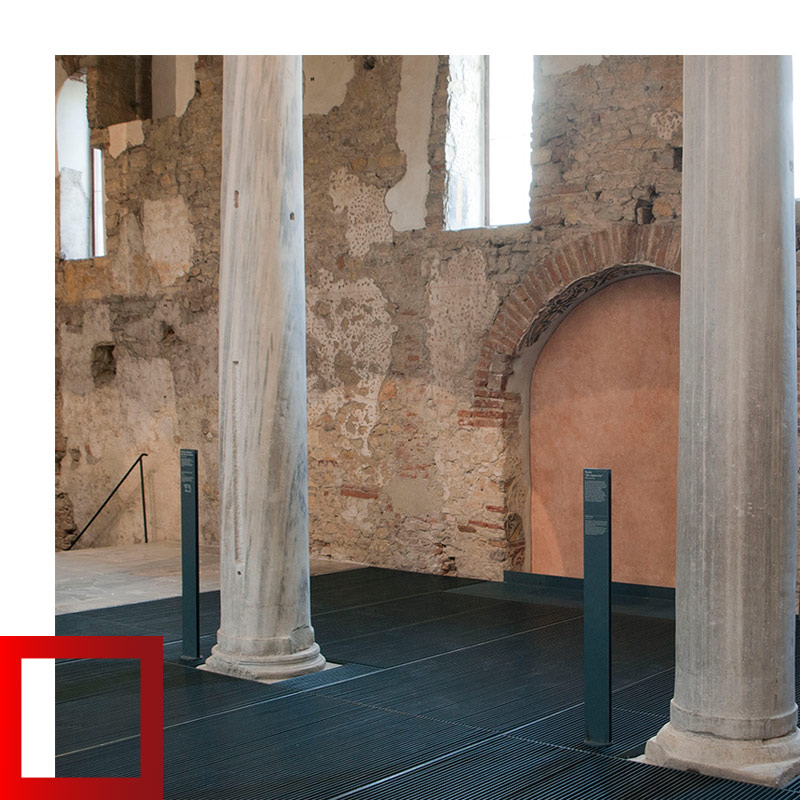
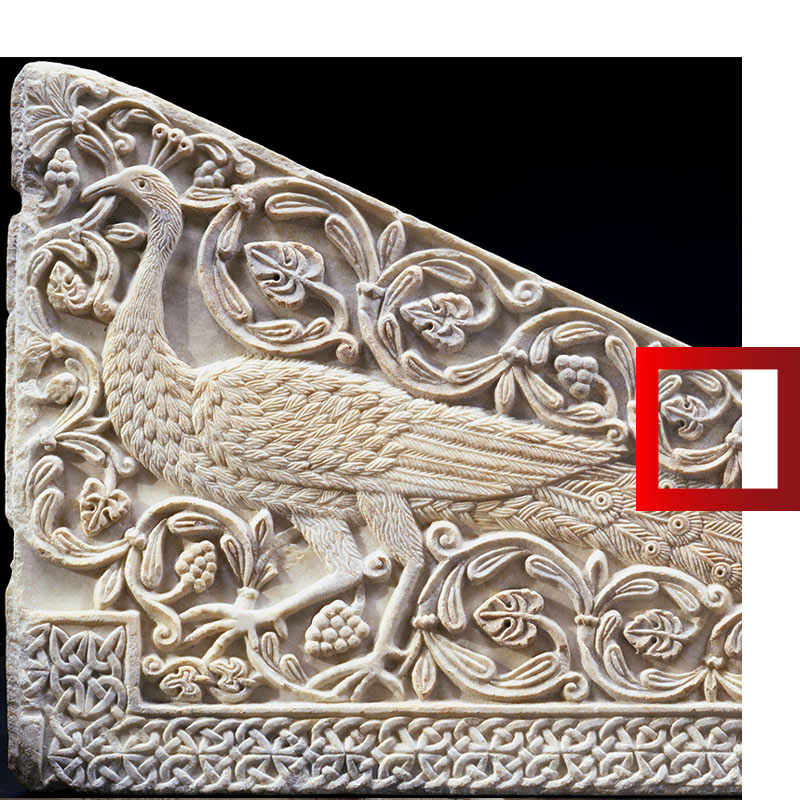
Church decorations and relics of Santa Giulia
Arch-shaped slabs with geometrical and plant decorations were perhaps parts of a canopy above an altar or reliquary in the church, while numerous cornices ornamented with small arches probably belonged to a barrier (pergula) between the nave and the apse area.
After the arrival of Saint Julia’s relics in 761 the church was equipped with a crypt, which was later modified a number of times in the Early Medieval period and the Romanesque era, when it was enlarged westwards. In the oldest portion arches decorated in stucco and patches of fresco may still be seen.
Visit
Info e contacts
Church of San Salvatore
Via dei Musei, 81B – Brescia
Phone 030 2977833 / 834
Mail. santagiulia@bresciamusei.com
Website
Online Tickets
VUOTO
Tickets
The Basilica of San Salvatore is an integral part of the Santa Giulia Museum, it can be visited by purchasing the museum entrance ticket.
Full Ticket € 10,00
€ 7,50 for groups (from 10 to 30 people) and Conventions
€ 5,50 for:
– 14-18 years old
– Over 65
– University students and academies
€ 3,00 for:
– 6-13 years old
– Schools
– University students in groups of min. 10 people
Free for:
– University Thursdays (free admission for students from Brescia universities, every Thursday afternoon at 2.00 pm)
– Brescia University students with drawing tools to make copies of the works
– On the occasion of one’s birthday (on presentation of ID only)
– Abbonamenti (Brescia Card e Abbonamento Musei Lombardia)
– Children up to 5 years old
– Licensed tourist guides, journalists and publicists (upon presentation of their professional association membership card)
– Disabled persons (with disabilities up to 75%) and their companions
– ICOM members
– 1 group leader per group
– 1 teachers per school group
– Subscriptions (Brescia Card and Abbonamento Musei Lombardia)
Opening Times
Closed on Monday
Tuesday 09.30 – 17.30
Wednesday 09.30 – 17.30
Thursday 09.30 – 17.30
Thursday 09.30 – 17.30
Saturday 09.30 – 17.30
Sunday 09.30 – 17.30
